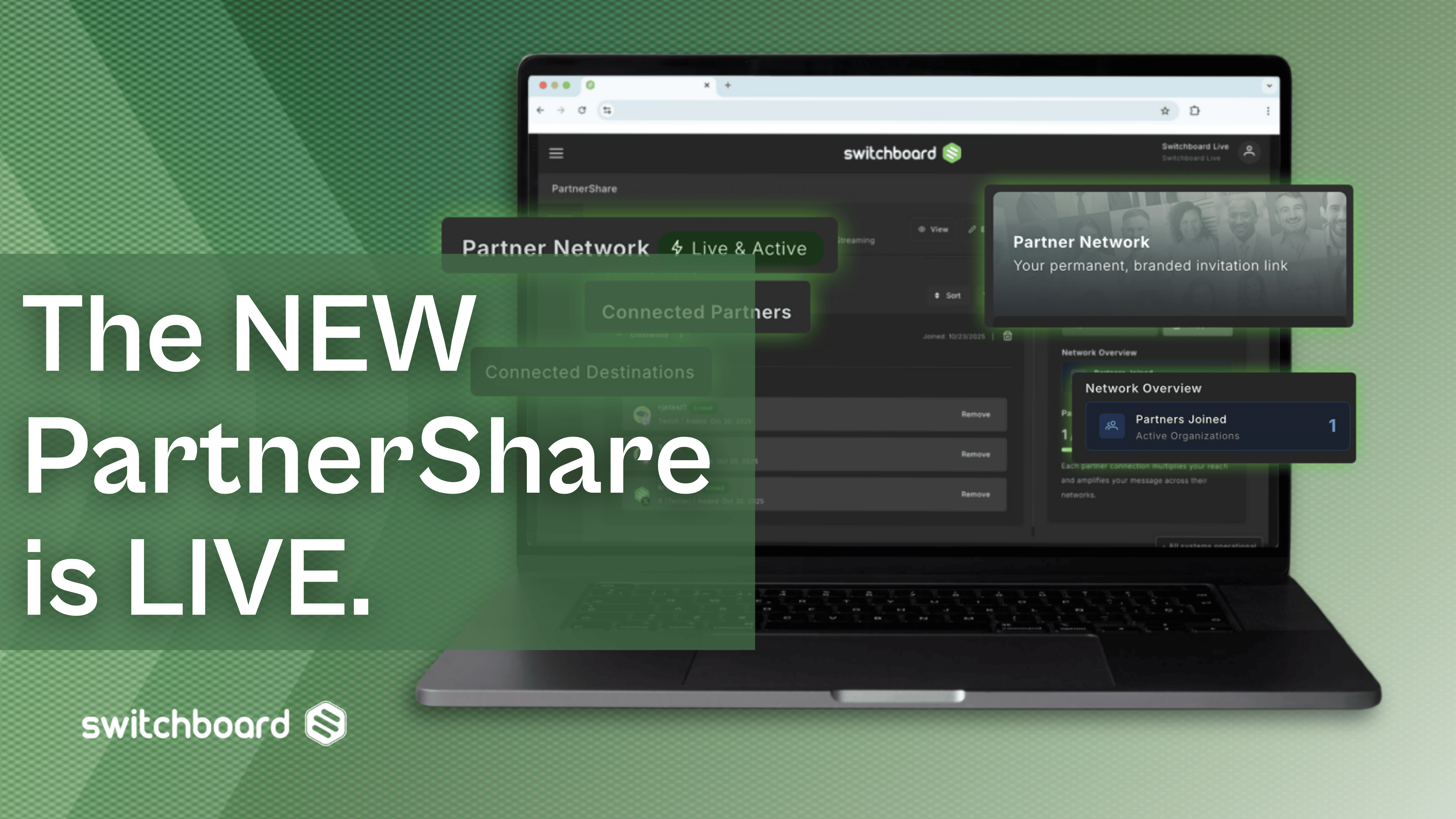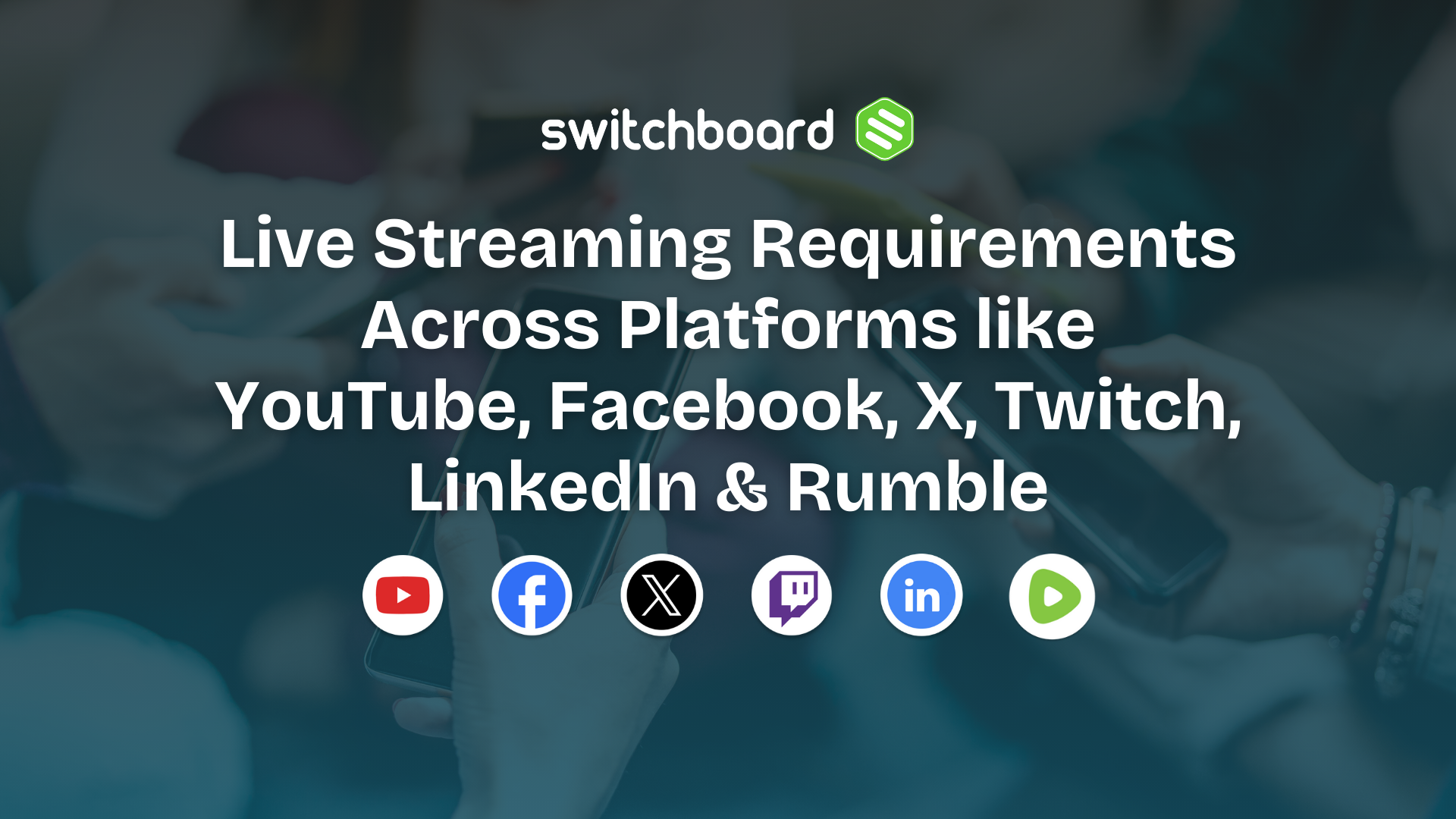As we settle into the cloud-based, web-based world of modern computing many folks are starting to forget about old best practices like backing up your data. We spend countless hours creating volumes of content, ranging from text to video to podcasts, so this is not a concept we should let slip away.
In fact, the majority of businesses that suffer a major data loss never recover. So how do we protect our data in the year 2018? Good news - it’s actually never been easier.

Cloud Storage for Content Backup
There are a few different types of backup but at its core, the goal of a backup is to simply offer a copy of a file somewhere else. With modern cloud services that’s fairly easy to do. At a very basic level, just putting a copy of the file in your Google Drive or Dropbox creates a backup for it.
Just remember, the key is having your data in more than one location. You don’t want to put your files in cloud storage and not keep a copy on a local computer or storage device. While cloud services are super reliable and the likelihood of data loss is low, it’s still not something you have control over and keeping another copy isn’t a difficult or expensive thing to do.
Google has gone beyond syncing just one folder and now offers a backup tool that will sync all your data to your Google drive in the cloud. The key term there is ‘sync’. This makes sure your computer data is in the cloud and your cloud data is on your computer, and the tool is free. The only fees come if you need to buy more storage - currently they offer 1TB of storage for around $10/month.

Hybrid Backup Solutions Provide Extra Security
Solutions that constantly sync your computer to the cloud leaves your files particularly safe, but it's smart to protect the data a bit further. Many businesses like to use an onsite/cloud hybrid backup solution, typically a network-attached storage (NAS) device that's located in their office on their fast internal network. These devices contain redundant hard drives which means even your backup device has its own internal backups.
The office computers use either built-in or third party backup software to copy their data to the NAS. Then, on schedule, the NAS can back itself up to the cloud. This means backing up and restoring is quick and easy because the files are stored locally, and even if the entire office is destroyed in a disaster, there is still a full copy of the data in another location. It’s a great hybrid solution that works for many businesses.
A NAS-cloud backup solution is pretty easy to implement and cost-effective for even small businesses and home users. Tech-solution companies such as Buffalo make these devices with a starting price of under $250.

Live Streaming Backup Solutions
But what about your data that only goes to the cloud, like a live video stream that goes straight to Facebook?
In general, such a social platform keeps your files reasonably safe. Cloud platforms that you stream to, such as YouTube or Facebook, contain a redundant network of systems that stores data in multiple places. Most likely your content is safe there, but it doesn’t hurt to back that up, as well.
Forget about data loss, what if a platform decides they don’t want your video on it anymore? You don’t want to lose your video because a policy changed. The plus is that this is an easy problem to avoid.
The best way to make backups of live streamed videos is to make multiple copies as you go live. Using multi-streaming, multi-publishing services like Switchboard Cloud helps you easily stream to multiple platforms at the same time. Each of those platforms saves it’s own copy of your video. If you’re broadcasting from a computer with something like Open Broadcaster Software (OBS) you can easily set it to save a copy of the video locally as you stream, as well.

Make Backup a Priority
If you’re streaming from a phone or tablet you can always go back to YouTube, Facebook Live, or wherever you streamed the video to, and download it so you have a copy on a computer or other device that you have full control over.
There are lots of options to ensure your content and data is safe from any type of potential damage, and it doesn’t matter which you choose, as long as you choose one of them. Everyone should have a copy of their important files, and in more than one place. Send it to the cloud, put it on a thumb drive, stick everything on an external storage device. Whatever you do, make sure it's got a backup.
Sign Up today for a free trial of Switchboard and stream live video to all of your social destinations at the same time.




.png)
.png)
.png)






